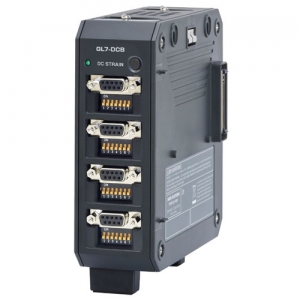


This tend to keep the meeting focused on the top chronic items (What are we doign about them?) and allows reprioritaization when a true "new item" is large enough to worry about. Periodically, I reset the baseline Pareto once corrective actions have caused a substantial chagne to the pareto ranking.

As time goes on the manager updates the trend chart so the group can understand if teh problem is stable or gettign worse or if actions taken were effective. THEN, I have the managers report the trend for those 3 months in control chart format (typically using only the average chart for the display). If $ or Cust Sat are aslo important I simply have the value added as text comment to the Pareto. I typically use occurrence rate as the importance factor for th epareto, because it is an inherently more stable value for trending than $ or customer satisfaction. The charts are hung on a bulletin board after the meeting and I create one summary chart with all of the data on the individual charts.Ī simple method I've used is to combine the above methods: Create an initial Pareto chart that documents some base period (say the last 3 months). Our corrective/preventive action procedure states:Īt the present time, all managers create a Pareto chart for their department and discuss the information at this monthly meeting. (Some folks have different rates of absorption of information - why make quick study wait for slow study or slow study be left out of discussion because he doesn't have total knowledge of topic?) The reason for advanced distribution of detailed agenda and discussion data is to allow participants to be prepared to actually discuss the action items rather than take time from the meeting to inform themselves about the data. (I have even attended some meetings where the recording secretary takes the minutes and instantly distributes them via email to participants so they are waiting and available when the participants reach their desks after the meeting.)

One person should be assigned to act as recording secretary to make note of the action items and distribute them to all participants and other interested parties as soon as possible after the meeting. I'm not sure about what makes the most effective visual aid for your particular meeting, but I do know that the meeting is most efficient by distributing IN ADVANCE a detailed agenda and pertinent data which will be discussed and perhaps voted on for action to be taken. I want to know things like "has this happened before? how often? what is the next step to make sure that this doesn't happen again" but really at this point I'm stuck as to what to do next. I'm thinking I'd like to have everyone follow the same reporting format but not sure if Pareto charts are really the way to go here. How do others conduct effective meetings for trend analysis? Right now, someone reports "this happened x number of times and it cost the company xx dollars - any questions?" (oversimplification but that's basically it) We're overhauling the system, in part because "process failure forms" sound so negative and changes needed to be made there, so this seems like a good time to improve the meeting process too. The charts are hung on a bulletin board after the meeting and I create one summary chart with all of the data on the individual charts. Before the recording is started you only select the wanted standard that is presented in the Remote part of INFRA Net (our web application).Click to expand.At the present time, all managers create a Pareto chart for their department and discuss the information at this monthly meeting. Long lasting battery capacity gives the INFRA C20 up to seven months of measurement time, well ahead of all similar systems on the market.Īll filtering, signal processing and detection are done digitally. You can easily navigate using the keyboard and colour display on the instrument. It works with INFRA Net (our web application) in the same way as the other INFRA sensors and data loggers. This will give you unparalleled reliability as well as being future proof. It is built on a brand-new hardware platform utilizing the latest technologies, such as modular communication. The INFRA C20 is Sigicom’s latest innovation. The vibration monitor has built-in 4G modem with GPS position and time synchronization. INFRA C20 is a wireless vertical vibration monitor, wireless geophone and data logger built into the same compact unit. Wireless vertical vibration monitor 4G modem – INFRA C20


 0 kommentar(er)
0 kommentar(er)
